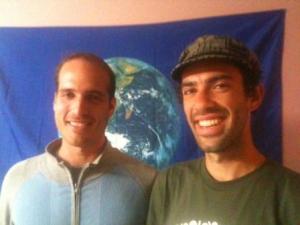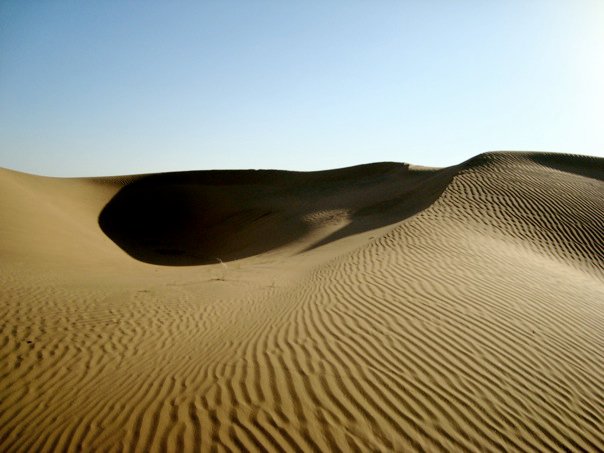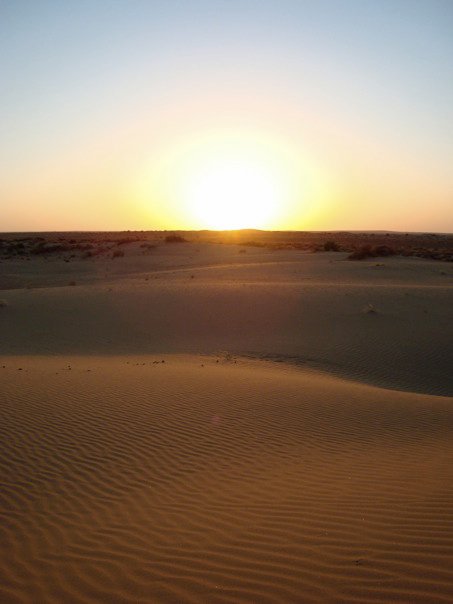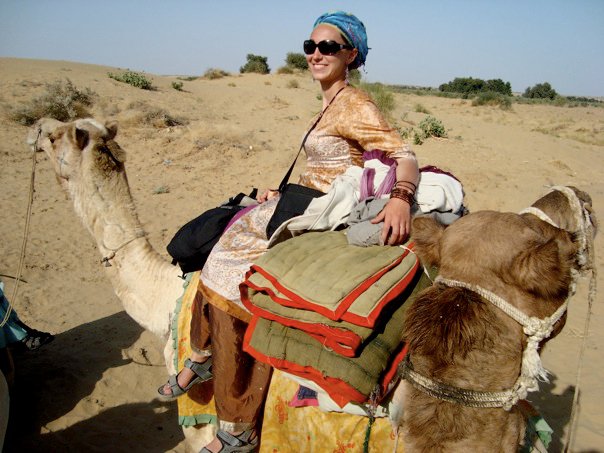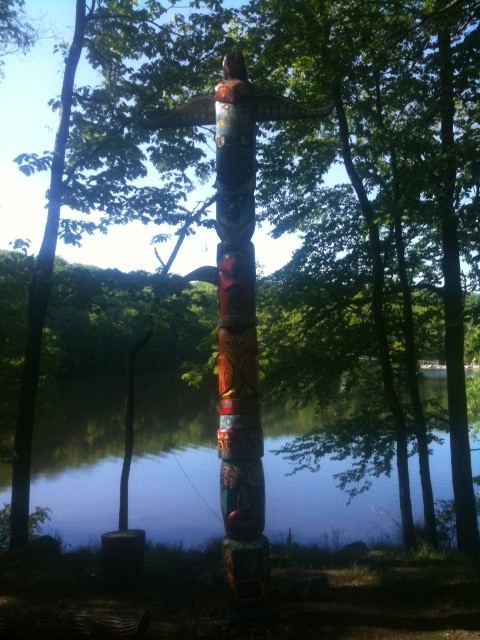
Although Eden Village Camp is primarily vegetarian, these sheep, from a nearby farm, are raised for meat.
This is the first in a series of posts on Judaism and vegetarianism.
When I became vegetarian, it had nothing to do with my Judaism. However, it didn’t take long for the two to come into contact. After all, chicken soup, cholent, and brisket are pretty common features at almost any Shabbos table. Being newly vegetarian, I had to turn down all these yummy kosher delicacies. I’ve traveled all over the world, and the conversation about how to be Jewish and vegetarian has come up at dozens of tables, in many countries, from Canada and the US to Argentina and Chile to India and Nepal.
Before I became vegetarian, I did quite a lot of research on the subject and I identified 5 main reasons people become vegetarian:
- Animal treatment – Many philosophers have put forth ethical reasons why eating animals is morally wrong.
- Health – We have a moral obligation to care for our health and vegetarianism/veganism is the healthiest way of eating.
- Preventing starvation – World starvation would be a thing of the past if we stopped feeding livestock so much grain, and we could grow many more crops if we converted animal pastureland to farmland.
- Environmentalism – Growing more crops than necessary destroys ecosystems, grazing animals decimate grasslands, hooves of grazing animals cause erosion, and methane gasses released by cattle contribute to global warming.
- Feminism – Meat’s role in meals keeps women down (e.g., giving the man the biggest and best portion)
As a Jew, I’ve been slammed with lots of arguments about why these philosophical reasons don’t hold true: Kosher laws dictate animals must be treated well during their lifetimes and they die instantly when slaughtered, before they can even feel pain, so it’s not animal cruelty to eat kosher meat. Kosher meat is healthier, so you don’t have to worry eating too much might give you a heart attack (and besides, nobody is willing to admit how much meat they really eat, anyway!). Plus, we have to eat meat to raise the sparks of their souls up to a higher level. And let’s not forget that it is a “mitzvah” to eat meat and drink wine on Shabbat.
However, the reasons for vegetarianism from a Jewish perspective are as prolific as they are for secular philosophers. In fact, after some research, I’ve identified 5 main reasons for vegetarianism from a Jewish perspective:
- Compassion for animals – The Jewish concept of tsa’ar ba’alei chayim dictates that we should not cause sorrow or pain to any living animal.
- Preserving health – Judaism teaches us to take care of our health and consumption of animal fats is linked, scientifically and statistically to disease… just as the permission to consume meat in the Torah is linked to dramatically shortened lifespans.
- Feeding the hungry – Judaism teaches social justice as a fundamental part of our makeup and this means that feeding a hungry person is a far higher priority in the eyes of G-d than eating meat for Shabbat is.
- Protecting ecology – G-d gave us this earth and charged us with taking care of it, not destroying it – but large-scale livestock production is doing just the opposite.
- Producing peace – Judaism places making peace as one of the highest priorities, right up there with Torah study and honoring your parents. Injustice tears peace apart and meat eating promotes a culture of injustice.
These 5 main arguments provide a close parallel to the 5 reasons most people choose to become vegetarian.
In the following weeks, I’ll explore vegetarianism from a Jewish point of view, based largely on the seminal text on the subject, Judaism and Vegetarianism by Richard H. Schwartz. I’ll explore each of these 5 main themes, plus take a Biblical look at vegetarianism and provide some responses to those above-mentioned “kosher” arguments for eating meat.
Why kosher Jewish travelers often go vegetarian.
Read More


